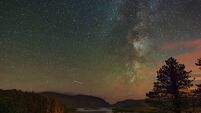Sky Matters: Find a dark site on a cloudless night — to change your sense of place in the universe
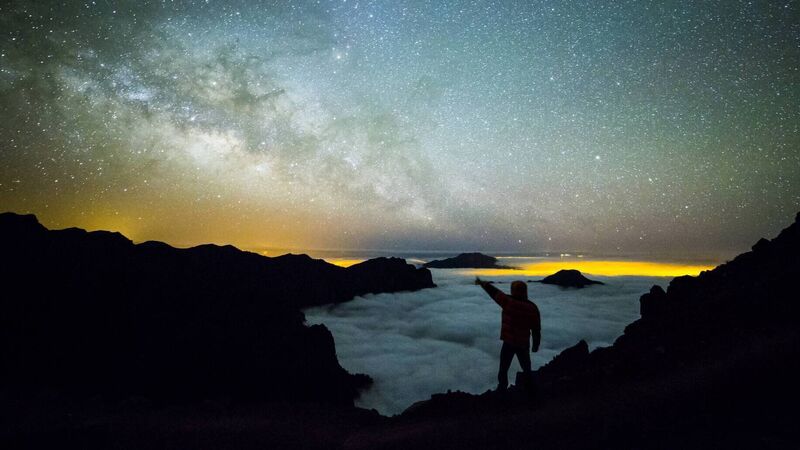
The milky way in Caldera De Taburiente, La Palma Island, Canary Islands.
It was a dark February evening. In 1989. Devoid of the lights of civilisation and with only a dim red torch to illuminate the way, I was forced to choose my steps carefully as I ascended the 1.5 kilometre roadway from the astronomers' 'residencia' up to the array of telescopes perched atop the Canary Island of La Palma. The European Northern Observatory, high above the clouds and far from lights, save for the garish glow of distant Tenerife. The following night I was due to start observing.
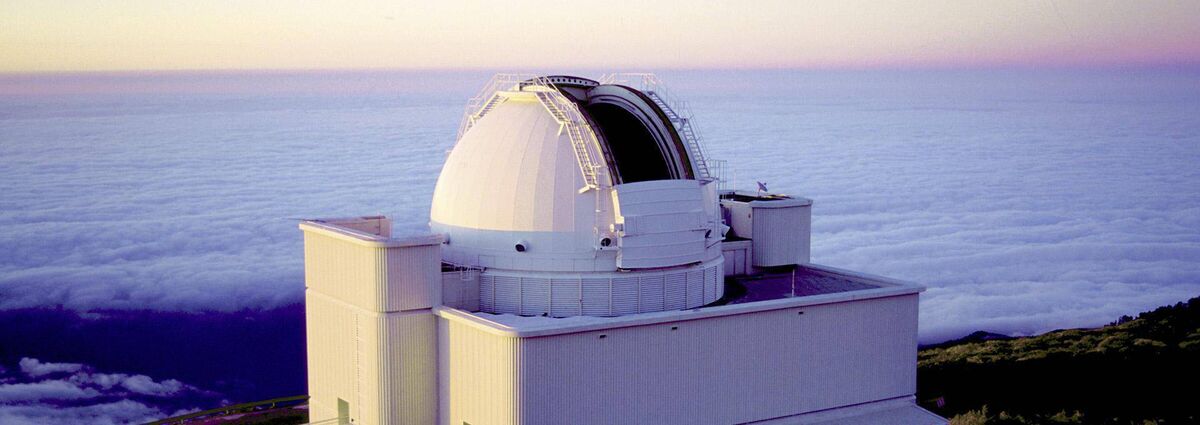
“Did you know La Palma is the steepest island in the world” a taxi driver had told me, more than once, on the long journey from the airport. With limbs aching from the incline and lungs searching for the rarified oxygen that accompanies an altitude of 2,400 metres above sea level, I felt the overwhelming need to rest. It was not a new experience — I had been here before.
As I sat down on the snow-covered ground I naturally gazed skywards. A breath-taking sight. Familiar, but breath-taking. The inky black of the space between the stars was filled only with the Milky Way as it threaded its path from horizon to horizon.
The stars themselves stood in solid silence, lacking the twinkle we see from lower altitudes. At 2,400 metres there is less atmosphere to make them twinkle and somehow they looked different, almost menacing.
Every now and again a silent satellite passed between the stars, occasionally giving the appearance of an impending collision. But none ever came, for satellites are a mere stone’s throw above us while the stars are farther than we humans can possibly grasp, perhaps not even in our imagination.
Occasionally a flash of light — a shooting star — signalled the vaporisation of a particle of dust tens of kilometres above my head. A reminder that our atmosphere, even when tenuous, forms a blanket that protects and gives life to the life below.
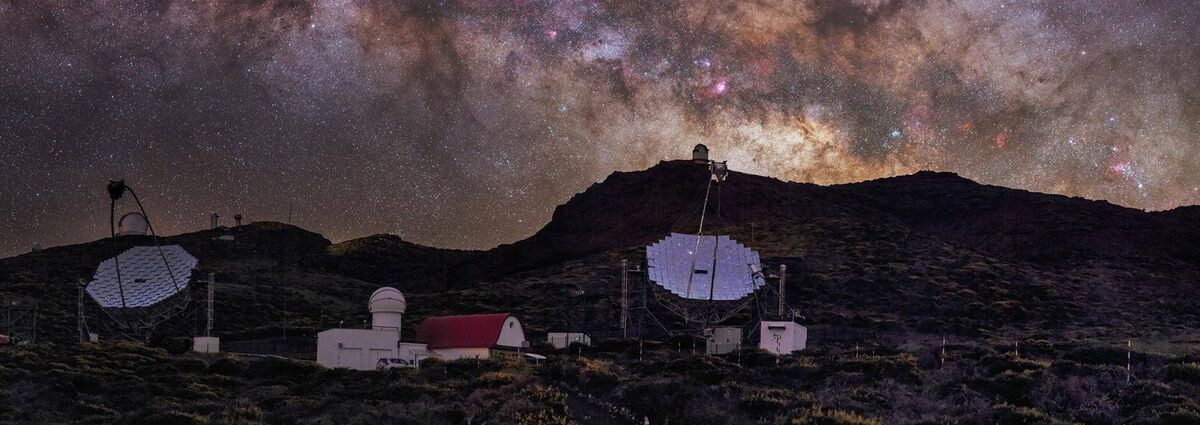
Looking towards the horizon I could barely make out where the sky and the sea met. The serenity was punctuated now and again by the surprise appearance of a star, as if rising out of the black depths of the ocean itself. Much to my surprise this simple celestial spectacle of a star rising had a profound impact on me. On this evening in February 1989 I could 'feel' the Earth turning — I could almost hear its hum.
As I watched in silence I was reminded of the 'overview effect', the emotion that astronauts say accompanies them as they gaze down on the Earth below. The beauty, the colours, the diversity of the surface carved out over millions of years by wind and rain and ice, and life, combine to give a sense of one’s fragile place in the universe. It is said such an experience never leaves you.
And yet, as I gazed skywards, as I 'felt' the Earth turn beneath my feet and listened to its hum, I was overtaken by a similiar feeling of fragility, of place, of privilege for simply existing. The 'underview effect' I thought to myself.
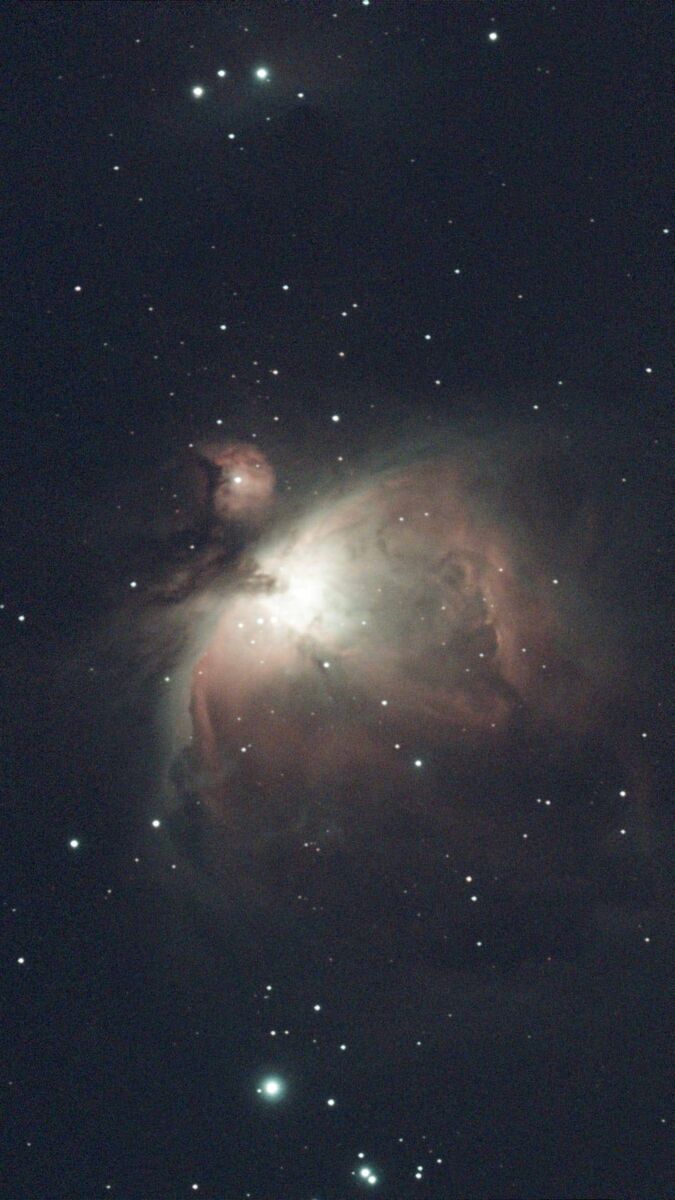
Human space travel is the preserve of the elite. That will change but, for now, participation takes either selection through a tortuous and competitive process or a bank balance that few can call upon. The 'overview effect' is not a realistic target for the vast majority of humanity. But the powerful and too-often dismissed 'underview effect' is.
Feb 1989 changed my sense of my place in the universe. Will Feb 2025 change yours? Find a dark site, a clear horizon, a cloudless night and the question will surely find an answer for you.
- Dr Niall Smith is head of research/ head of Blackrock Castle Observatory, Munster Technological University, Cork






